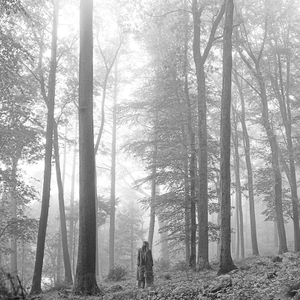Stamp: Legong dancer of Bali (Netherlands East Indies 1948)
Legong dancer of Bali (Netherlands East Indies 1948)
01 January (Netherlands East Indies ) within release Native dancers goes into circulation Stamp Legong dancer of Bali face value 4 Netherlands Indies cent
| Stamp Legong dancer of Bali in catalogues | |
|---|---|
| Michel: | Mi:NL-IN 316 |
| NVPH: | NVP:NL-IN 335 |
Stamp is vertical format.
Also in the issue Native dancers:
- Stamp - Menjari dancer face value 3;
- Stamp - Legong dancer of Bali face value 4;
- Stamp - Dyak Dancer of Borneo face value 7½;
Stamp Legong dancer of Bali it reflects the thematic directions:
Folklore is the body of expressive culture shared by a particular group of people; it encompasses the traditions common to that culture, subculture or group. These include oral traditions such as tales, proverbs and jokes. They include material culture, ranging from traditional building styles to handmade toys common to the group. Folklore also includes customary lore, the forms and rituals of celebrations such as Christmas and weddings, folk dances and initiation rites. Each one of these, either singly or in combination, is considered a folklore artifact. Just as essential as the form, folklore also encompasses the transmission of these artifacts from one region to another or from one generation to the next. For folklore is not taught in a formal school curriculum or studied in the fine arts. Instead these traditions are passed along informally from one individual to another either through verbal instruction or demonstration. The academic study of folklore is called folkloristics.
Dance is an art form, often classified as a sport, consisting of sequences of body movements with aesthetic and often symbolic value, either improvised or purposefully selected. Dance can be categorized and described by its choreography, by its repertoire of movements or by its historical period or place of origin. Dance is typically performed with musical accompaniment, and sometimes with the dancer simultaneously using a musical instrument themselves.


